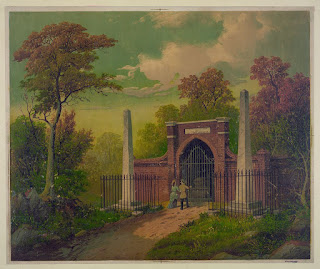The Duke Street Slave Pen
(Now the Offices of the Urban League)
Slaves being sold to cotton
planters further south were brought into Alexandria from the countryside and
housed in the slave pen until the time for sale. After sale, they were herded to the Alexandria Alexandria Texas
Slave trader George Kephart went
out of business abruptly on May
24, 1861 as the Union army marched into Alexandria Duke Street











































